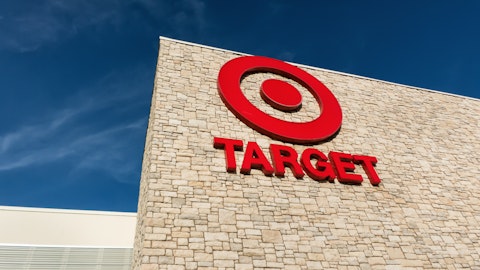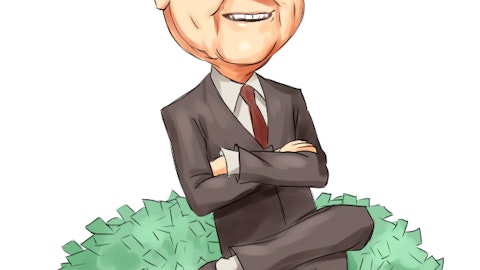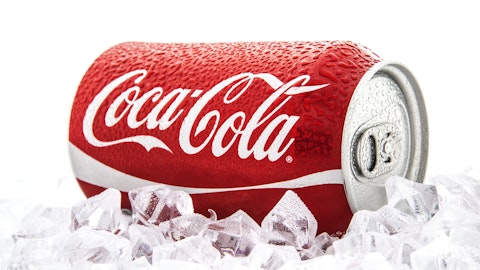Buying A Put Option Can Be Either Cautious or Speculative
If you own shares in a company and buy a put option, it’s effectively like buying insurance on your shares – no different than buying house insurance, as an example.
If the share price remains above your strike price, the option expires worthless. Alternatively, if the share price goes below the strike price you have now “capped” your downside. While the value of your shares would be declining, the value of your put option would be increasing.
Buying put options can be speculative if you do so without owning the underlying security. In this case it’s sort of like buying house insurance on a neighbor’s house. You would be betting on the share price to go down (or the house to get damaged). If the share price stays the same or goes up, your put option is worthless. If the share price goes down, the put option can become more valuable.
Buying put options can be either cautious or speculative. Put options are an “all or nothing” situation. Either the option is worthless or it pays out. For speculation this makes returns quite volatile. For “insurance” purposes, it can eat into the income you receive from a security but it may pay out later on.
That’s on the buying side…
What I’d like to talk about for the remainder of this article is selling a cash-secured put.
The reason that it’s called “cash-secured” is because you set aside the cash needed to buy shares to begin. So if you sold a put option with a $40 strike price, you would need to set aside $4,000 in order to make that agreement.
The put seller is on the opposite end of the transaction. I don’t want to take this analogy too far because there’s some important differences, but it’s sort of like you’re the insurance company. Selling a put option is making an agreement to buy 100 shares of security at a given price.
We’ll continue with The Coca-Cola Co (NYSE:KO) before providing a real world example with a different company.
Let’s say that you sell a put option on Coca-Cola with a $40 strike price. In this case you need to set aside $4,000 to buy 100 shares anytime between now and the option’s expiration date. If the share price remains above $40, the option would not be exercised and your $4,000 would be “released” – free to be allocated again as you see fit. If the share price goes to $40 or below, the option will be exercised and you’ll trade that $4,000 for 100 shares of Coca-Cola.
Now, why would anyone make this agreement?
Great question, I’m glad you asked. There are two basic reasons.
The first is that you get paid for doing so. The upfront cash flow is known as an option premium (which may be taxed at different rates than long-term capital gains, depending upon a few factors).
The second reason is that you’re happy to own shares, but you’d rather do so at a lower cost basis. Selling a put option allows you to get paid for expressing this sentiment. Maybe your art teacher was right: it pays to express yourself.

An alternative to selling a put option is setting a limit order to buy 100 shares of Coca-Cola at a price of $40 per share. This has the same basic goal – owning shares of The Coca-Cola Co (NYSE:KO) at $40 a share – but you don’t get paid for doing it this way.
Note: There is one advantage of the limit order, which I’ll detail later on, but that’s the simple reason for why someone might consider selling put options instead of setting up limit orders.
A Current Example Of A Cash-Secured Put
Coca-Cola works well as a demonstration, but I like to use a few securities to really outline the process. For this “real life” example of how you might think about selling a cash-secured put we’ll use Deere & Company (NYSE:DE).
Although the company operates in the agriculture, turf, construction, forestry and financial segments, you probably know the company best for its John Deere tractor.

Source: Deere Investor Relations
Deere traces its roots back to 1837 and has been a profitable powerhouse for many years since. Of course profitable isn’t quite the same thing as consistent. There’s a bit of cyclicality in the business.
Among the funds followed by Insider Monkey, 28 own shares of Deere & Company with a total value of $3.28 billion as of the end of 2015, compared to 35 investors with stakes valued at $2.64 billion in aggregate a quarter earlier. In this way, the funds from the Insider Monkey database amassed nearly 14% of Deere’s outstanding stock heading into 2016, while the largest positions were held by Warren Buffett’s Berkshire Hathaway and David Blood and Al Gore’s Generation Investment Management, which reported stakes containing 22.88 million shares and 6.10 million shares, respectively.
From 2005 through 2014, Deere put together a rather solid record. The company grew revenues by 6% per year and company-wide earnings by 9% annually due to an expanding profit margin.
The per share metrics were even better. Earnings-per-share grew by almost 13% annually, while the share price and dividend per share grew by 12% and 15% respectively. Collectively, a Deere investor would have seen a $10,000 starting investment turn into $32,000 over the nine-year period.
Of course during this time you would have had to watch earnings-per-share drop 40% and the share price decrease 70% over the course of the most recent recession.





